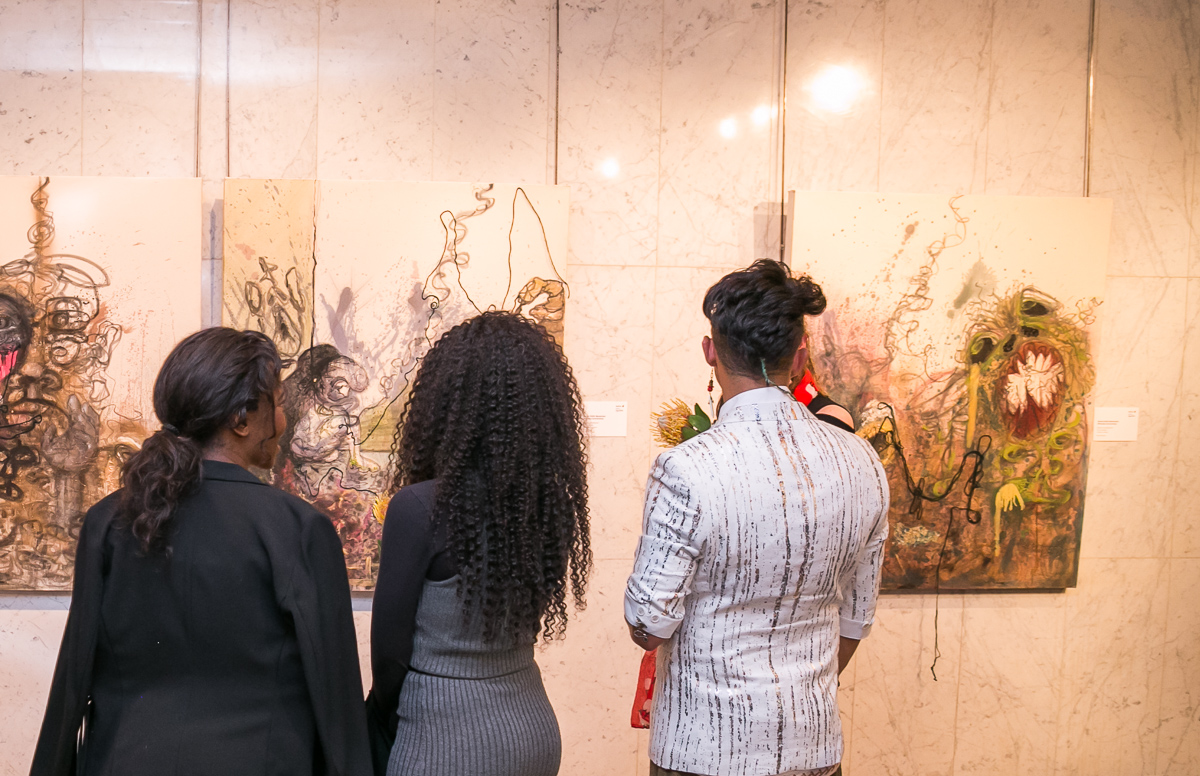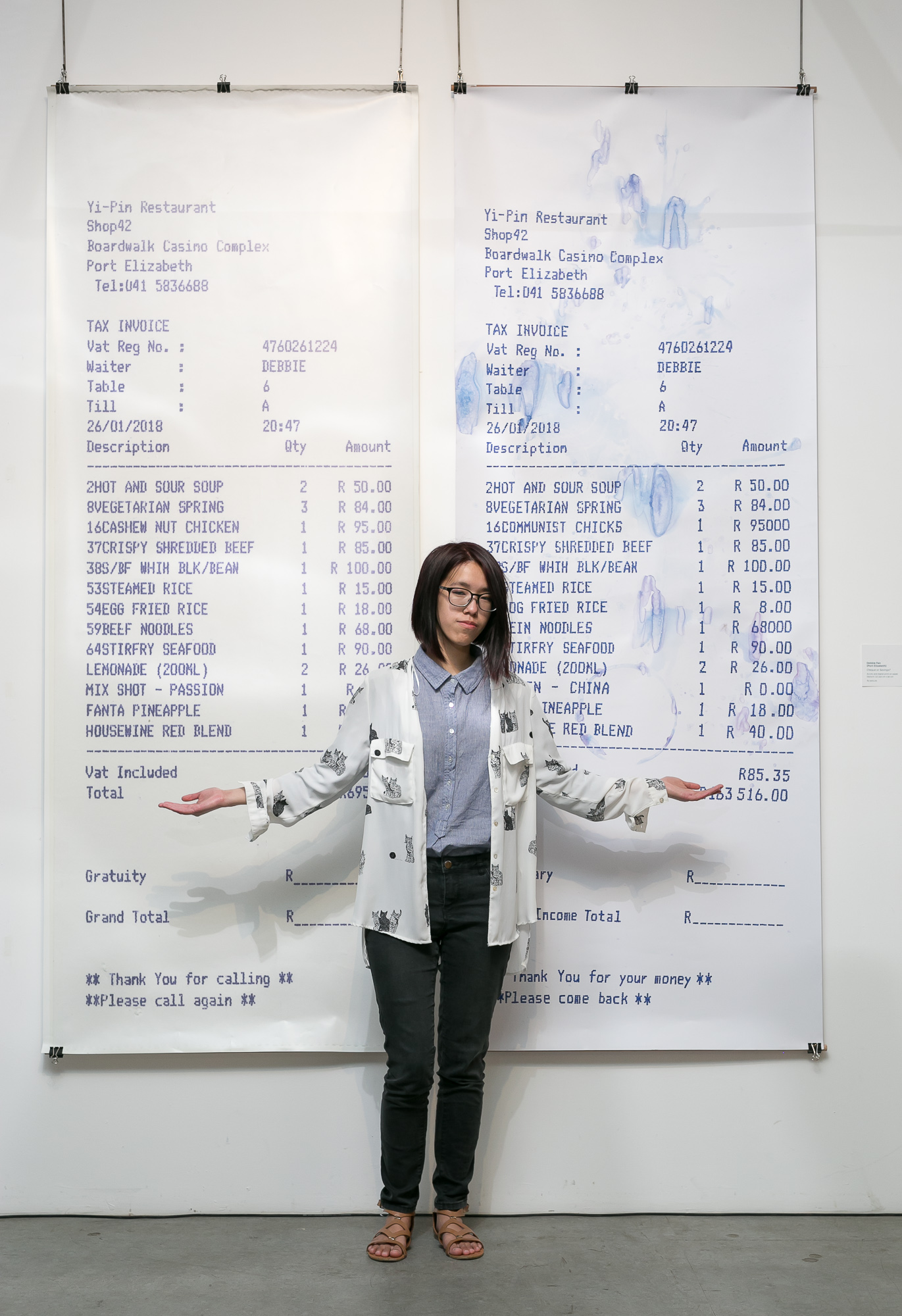Association of Arts Pretoria
173 Mackie Street
Nieuw Mucleneuk
Pretoria, South Africa
Pretoria Art Museum
Cnr Francis Baard and Wessels Str,
Arcadia Park,Arcadia,
Pretoria, South Afric
Tel: 012 358 6750
Compiled by Cate Terblanche, Art Curator, Sasol Art Collection
The Sasol New Signatures Art Competition is a very valuable platform for emerging artists, whether you are part of the winning circle or not. The exhibition provides artists with an incredible opportunity to showcase their works to galleries and art lovers, but also includes the potential of selling your artwork, as all artworks which are entered must be available for sale. This blog will provide you with some insights into pricing your artwork to ensure the best chance of selling your artwork at a market appropriate price.
THE MYTH OF THE DESTITUTE ARTIST
Myths around artists who go through life without selling a painting versus superstar artists making millions by exhibiting sharks in formaldehyde abound, and if you choose to follow a career in the arts you will either be told ‘you can’t make a living out of art’ or ‘you can get rich quickly by charging incredible prices for your work’. The truth, however, lies somewhere in the middle, I think. The Arts and Culture sector is one of biggest contributors to our country’s GDP (gross domestic product) estimated at around R63-billion per year in 2019 (Heather Dugmore, The art sector is economic gold, Mail & Guardian online, 15 Nov 2019). Obviously, this was pre-Covid, but the fact remains that the Arts and Culture sector is a viable and lucrative option when it comes to careers. The visual arts sector specifically also provides a vast array of avenues for creatives to follow besides becoming professional visual artists, and these include graphic and visual design, formal and informal education, as well as marketing and advertising to name a few.
But if you wish to follow the path of becoming a professional artist, the first hurdle to overcome is finding a market for your work, assuming that you have your artistic skills mastered. Entering a competition such as the Sasol New Signatures Art competition is one way to expose your work to a wider audience. Many gallery owners visit the exhibition with that specific goal in mind, which is to connect with young, fresh talent. So even if you are not part of the winning circle, you may still be on the receiving end of some great opportunities. Do remember though, if you do end up with a gallery representation, you will no longer be eligible for entering the Sasol New Signatures competition.
SELLING ART


Another great prospect of the Sasol New Signatures Art competition is the possibility of selling your artwork. Unfortunately, every year we see so many artworks go unsold due to incorrect pricing. If your artwork is overpriced, not only will you probably loose the sale, but you are also placing your reputation at risk and affecting future sales. If you start off your career with a reputation of over-pricing works, it will be very difficult to rectify that. So, here are a few tips on how to price your artworks.
TIPS ON PRICING
HOW TO CALCULATE YOUR SELLING PRICE
The Association of the Arts Pretoria assists with the sales from the exhibition, and if you are unsure, feel free to ask them for guidance with regards to selling prices. The selling price entered for the artwork on the entry form must include the commission payable to the gallery.
Start by working out the artist’s price (your price). To do this, calculate the costs of the materials, plus an hourly rate for the time spent on creating the work. Do ensure that this price is a reasonable one, and not overpriced in relation to current market prices for similar works.
To calculate the selling price of a work the artist can use the following formula:
Artist price plus 50% = the selling price
For example: R1 500,00 plus R750 (50%) equals R2 250,00
A NOTE ON SELLING THROUGH GALLERIES
As an emerging artist, the process of selling through galleries could be rather daunting, and fraught with dangers if you are unprepared. I’d like to offer two pieces of advice should the opportunity arise for you to exhibit with a gallery.
IN A NUTSHELL
The Sasol New Signatures competition gives you the opportunity to showcase your works to potential buyers. To capitalize on the opportunity, ensure that your work is reasonably and appropriately priced, in line with prices charged by other emerging artists.
NEXT UP!
Do check out the other blogs in this series which focus on the main reasons why works are eliminated in the regional rounds, how to formulate the artist’s statement and much more. Make sure not to miss this!
For more information on how to enter this year’s Sasol New Signatures Art Competition, visit our website and follow us on social media Facebook, Instagram, Twitter and Youtube.
